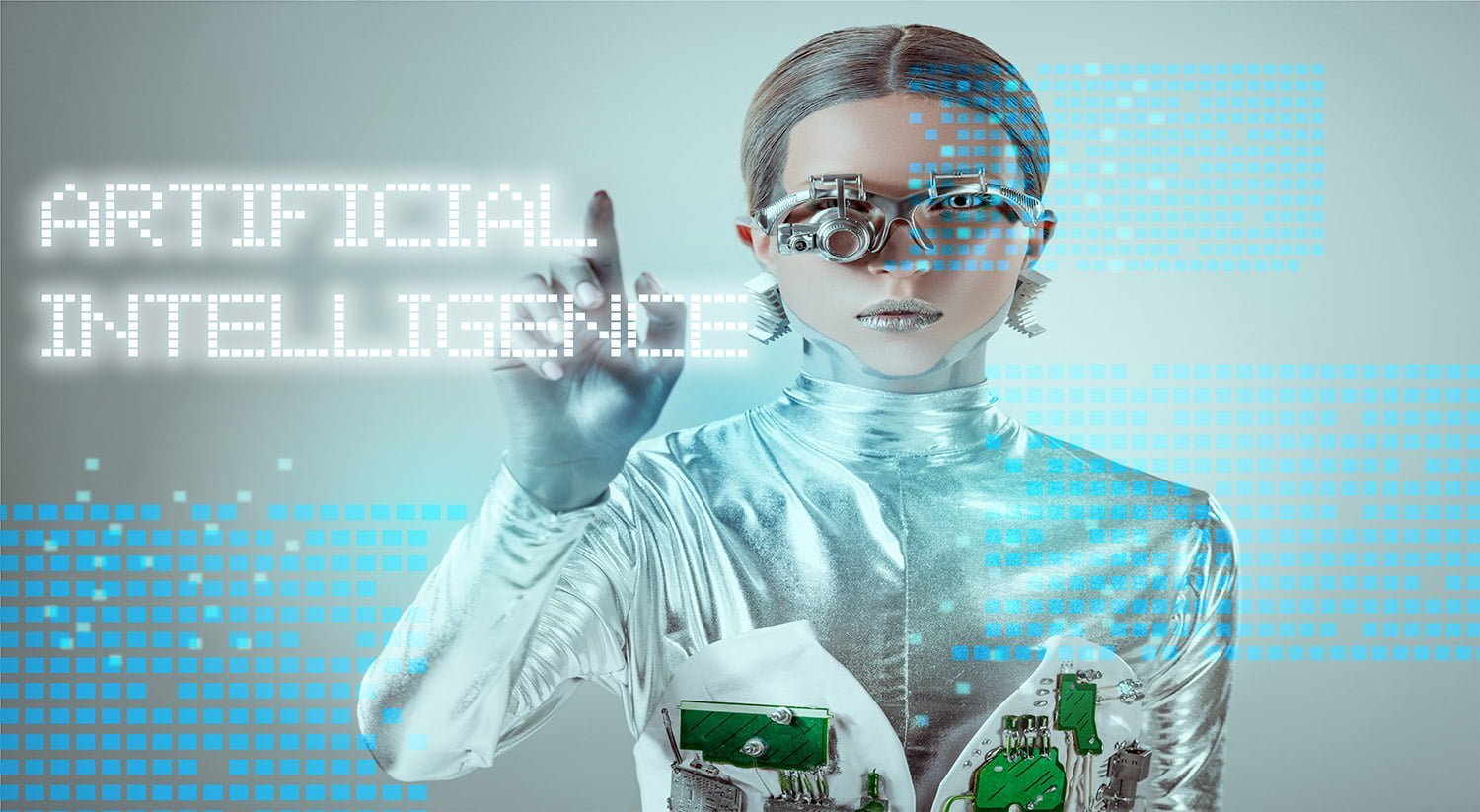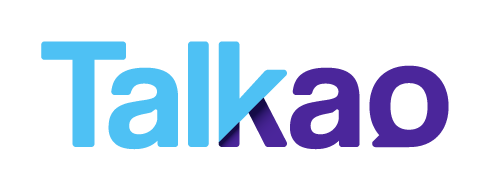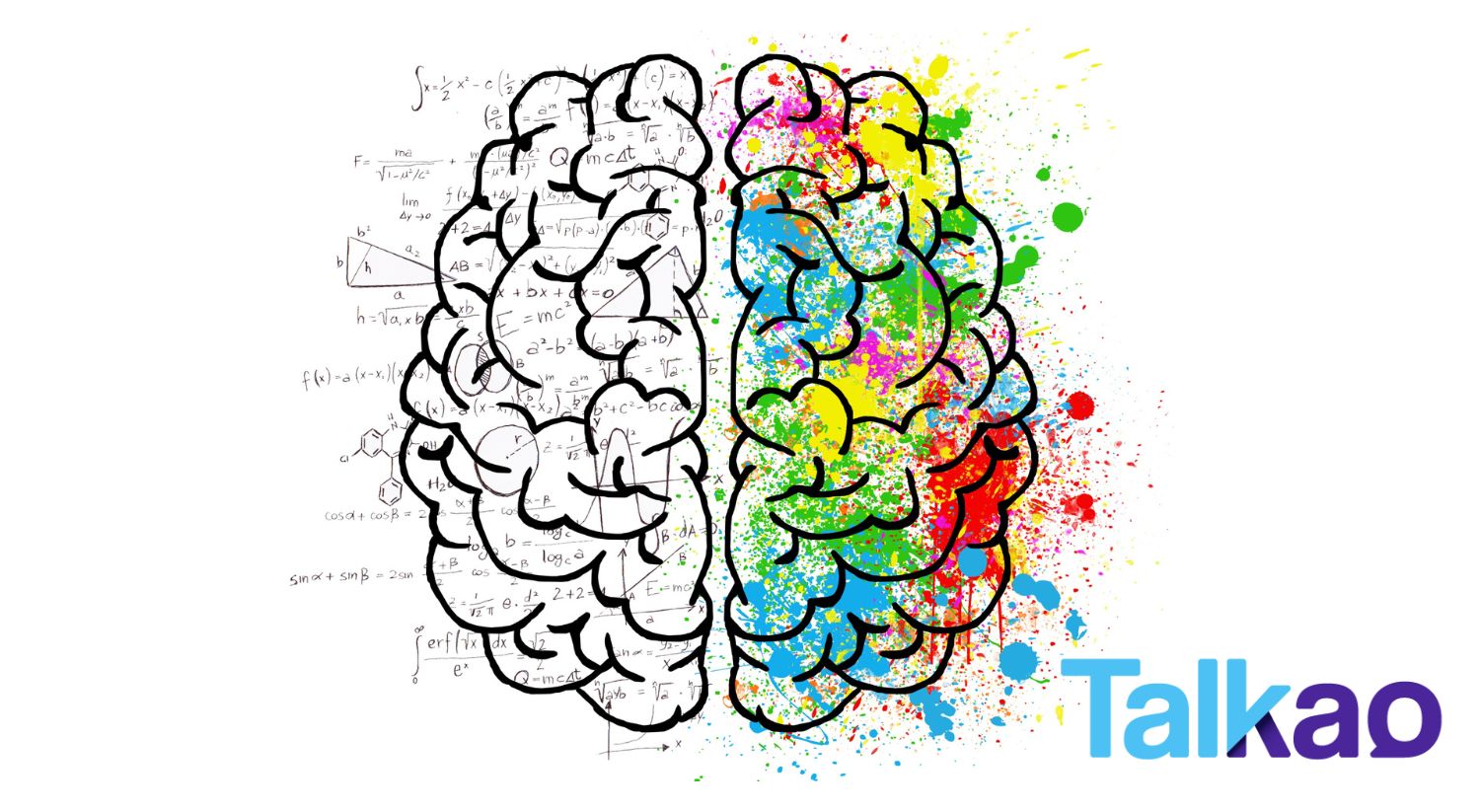
As a technology enthusiast, I have always been fascinated by artificial intelligence (AI). The idea of machines being able to think and learn like humans is both exciting and intimidating. In this article, I will attempt to demystify AI by explaining what it is, how it works, and the impact it has on society.
Introduction to Artificial Intelligence
Artificial Intelligence, or AI, refers to the ability of machines to perform tasks that would normally require human intelligence, such as learning, perception, and decision-making. AI systems are designed to analyze vast amounts of data, find patterns, and make predictions. AI is a rapidly growing field, with new breakthroughs and innovations being made every day.
What is Artificial Intelligence or AI? Understanding the Basics
At its core, AI is a computer system that can perform tasks that would normally require human intelligence. These tasks can range from simple tasks like recognizing speech or images, to more complex tasks like playing chess or driving a car. AI systems are designed to learn from data, and can improve their performance over time.
There are two main types of AI : narrow AI and general AI.
Narrow AI, also known as weak AI, is designed to perform a specific task, such as recognizing faces or playing a game.
General AI, also known as strong AI, is designed to perform any intellectual task that a human can do. However, we are still far from achieving true general AI.
Evolution of AI Technology
AI has been around for several decades, but it has only been in recent years that we have seen significant advancements in the technology. The development of neural networks and deep learning algorithms has allowed AI systems to analyze vast amounts of data and find patterns that were previously impossible to detect.
AI technology has also become more accessible in recent years, with the development of open-source libraries and platforms. This has allowed developers to create AI systems without having to start from scratch, and has led to a proliferation of AI applications in various industries.
Types of AI Systems
There are several types of AI systems, each with its own strengths and weaknesses. Some of the most common types of AI systems include:
- Rule-based systems: These are systems that use a set of predefined rules to make decisions. For example, a rule-based system might be used to diagnose a medical condition based on a set of symptoms.
- Neural networks: These are systems that are designed to mimic the structure and function of the human brain. Neural networks are often used for image and speech recognition.
- Deep learning systems: These are neural networks that are designed to analyze vast amounts of data and find patterns. Deep learning systems are often used for natural language processing and predictive analytics.
- Expert systems: These are systems that are designed to replicate the decision-making processes of human experts. Expert systems are often used in fields like medicine and law.
Applications of AI in Various Fields
AI has numerous applications in various fields, from healthcare to finance to transportation. Some of the most common applications of AI include:
- Healthcare: AI is being used to diagnose medical conditions, develop personalized treatment plans, and analyze medical images.
- Finance: AI is being used to detect fraud, make investment decisions, and analyze market trends.
- Transportation: AI is being used to develop self-driving cars, optimize traffic flow, and improve public transportation.
- Manufacturing: AI is being used to automate production processes, optimize supply chains, and improve product quality.
How AI Works – Exploring the AI Algorithms
AI systems use algorithms to analyze data and make decisions. These algorithms can be divided into two categories – supervised learning and unsupervised learning.
Supervised learning algorithms are used when the system is given a set of labeled data, and is trained to recognize patterns in that data. For example, a supervised learning algorithm might be given a set of images of cats and dogs, and would be trained to recognize which images are of cats and which are of dogs.
Unsupervised learning algorithms are used when the system is given a set of unlabeled data, and is tasked with finding patterns in that data. For example, an unsupervised learning algorithm might be given a set of customer transaction data, and would be tasked with finding patterns in that data that can be used to make business decisions.
Future of Artificial Intelligence: Trends and Predictions
The future of AI is both exciting and uncertain. On the one hand, AI has the potential to revolutionize numerous fields and improve our lives in countless ways. On the other hand, there are concerns about the impact of AI on jobs, privacy, and security.
One of the biggest trends in AI is the development of explainable AI. Explainable AI refers to AI systems that are designed to provide clear explanations of their decisions and actions. This is important for ensuring that AI systems are transparent and accountable.
Another trend in AI is the development of edge AI. Edge AI refers to AI systems that are designed to run on devices at the edge of the network, such as smartphones and IoT devices. This allows AI systems to be more responsive and efficient, and can improve the user experience.
Advantages and Disadvantages of Artificial Intelligence
Like any technology, AI has its advantages and disadvantages. Some of the advantages of AI include:
- Increased efficiency and productivity
- Improved decision-making
- Enhanced customer experience
- Improved healthcare outcomes
Some of the disadvantages of AI include:
- Job displacement
- Security and privacy concerns
- Lack of transparency and accountability
- Ethical concerns
Artificial Intelligence and the Job Market
One of the biggest concerns about AI is its impact on jobs. While AI has the potential to create new jobs and improve productivity, it also has the potential to displace workers in certain industries.
According to a report by the World Economic Forum, AI is expected to displace 75 million jobs by 2022. However, the report also predicts that AI will create 133 million new jobs by 2022, resulting in a net gain of 58 million jobs.
Artificial Intelligence Technology and Its Impact on Society
AI technology has the potential to transform society in numerous ways, from improving healthcare outcomes to reducing traffic congestion to enhancing national security. However, there are also concerns about the impact of AI on society, particularly in the areas of privacy, security, and ethics.
One of the biggest ethical concerns related to AI is bias. AI systems are only as unbiased as the data they are trained on, and if that data is biased, the AI system will be biased as well. This can lead to discrimination and other forms of unfairness.
Future of AI Technology
The future of AI is difficult to predict, but it is likely that we will continue to see rapid advancements in the technology. Some of the areas where we can expect to see significant progress include:
- Natural language processing
- Robotics
- Explainable AI
- Edge AI
Conclusion
Artificial intelligence is a rapidly evolving field that has the potential to transform numerous industries and improve our lives in countless ways. However, there are also concerns about the impact of AI on jobs, privacy, and security. It is important to approach AI technology with caution and to consider the ethical implications of its use. As AI technology continues to evolve, we must be mindful of its potential benefits and drawbacks, and work to ensure that it is used in a responsible and ethical manner.
To learn more about the latest developments in artificial intelligence technology, check out our blog.
REMEMBER !!!
You can download our available apps for translating and learning languages correctly available for free on googleplay and applestores.
Do not hesitate to visit our Talkao website and contact us with any questions or problems you may have, and of course, take a look at any of our blog articles.










Newsletter